On the occasion of the WWDC 2021 developer conference in June, the expected Apple systems were revealed. Namely, it was iOS 15, iPadOS 15, watchOS 8 and macOS 12 Monterey. Of course, all of them are loaded with various innovations, but some of them have something in common. In this regard, we are talking about modes of concentration. Probably every Apple user knows the Do Not Disturb mode, which comes in handy in many situations – its job is to ensure that no one bothers you while you're working. But he had strong limitations, which are fortunately long gone.
What focus modes can do
New to this year's systems are the already mentioned concentration modes, which strongly resemble Do Not Disturb, for example. Of course, it is already clear from the name that these modes are intended to help apple growers with concentration and productivity, however, it does not end there by any means. There are three basic options – familiar do not disturb, sleep and work – which can be used according to the current need. However, this time Apple is solving the previous shortcomings that all users know very well from the do not disturb mode. Although it worked relatively solidly and it was possible to avoid calls and notifications thanks to it, it had a major drawback. It was not so easy to set who/what can "beep" you.
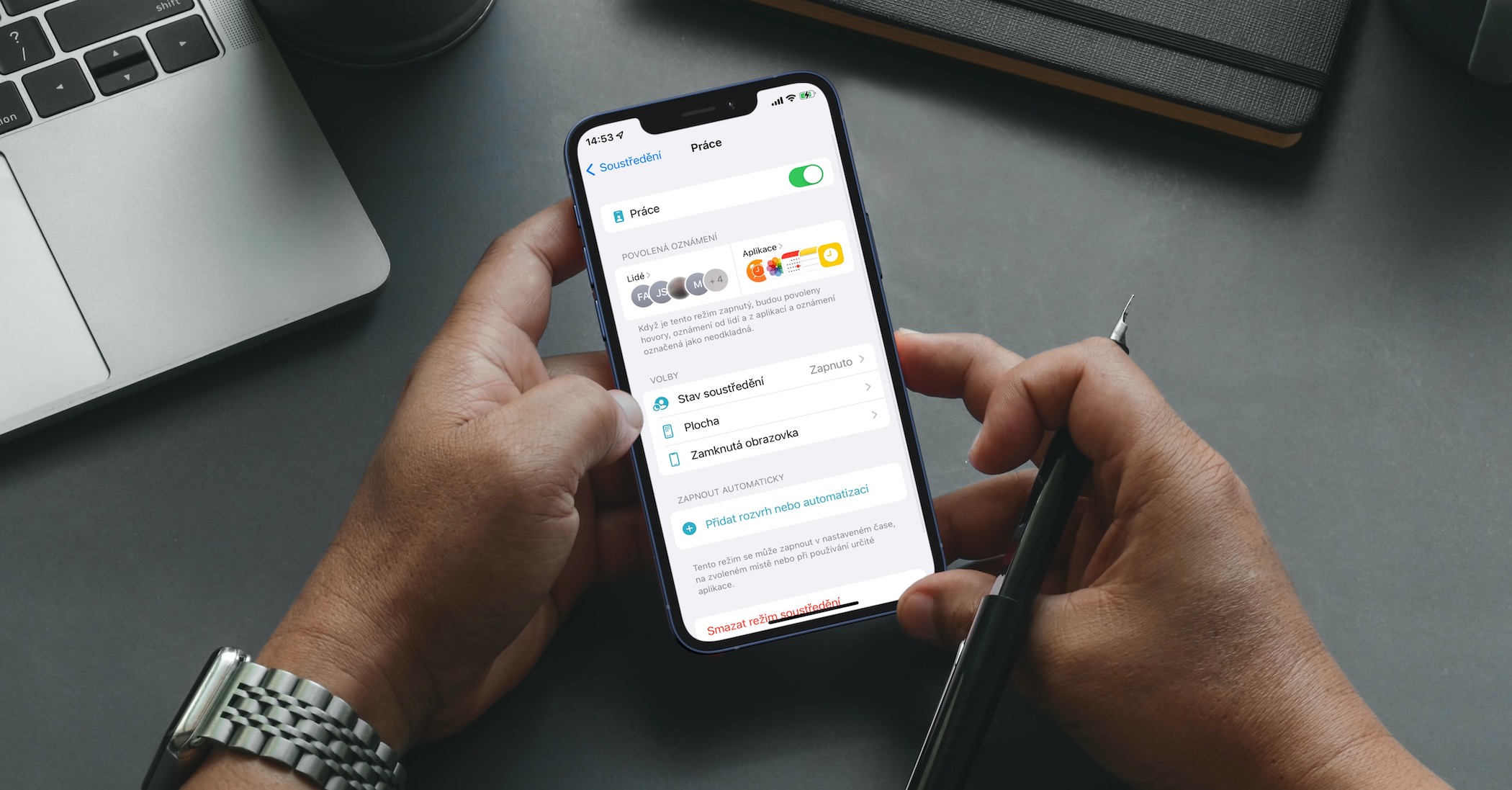
The major change (thankfully) has now arrived together with iOS/iPadOS 15, watchOS 8 and macOS 12 Monterey. As part of the new systems, Apple puts responsibility in the hands of apple owners themselves and offers them extensive options in the case of setting individual modes. In the case of work mode, you can set in detail which applications can "ring" you, or who can call you or write a message. Although it seems like a small thing, it is a great opportunity to promote concentration and thus buy your own productivity. For example, in the work mode, I only have applications such as Calendar, Reminders, Notes, Mail and TickTick enabled, while in the case of contacts, it is my colleagues. At the same time, it also offers the possibility to completely eliminate distracting elements from your surfaces on the iPhone. You can either turn off badges in a certain mode, for example, or have only pre-selected desktops active, on which, for example, you only have applications needed for work and the like lined up.
It could be interest you
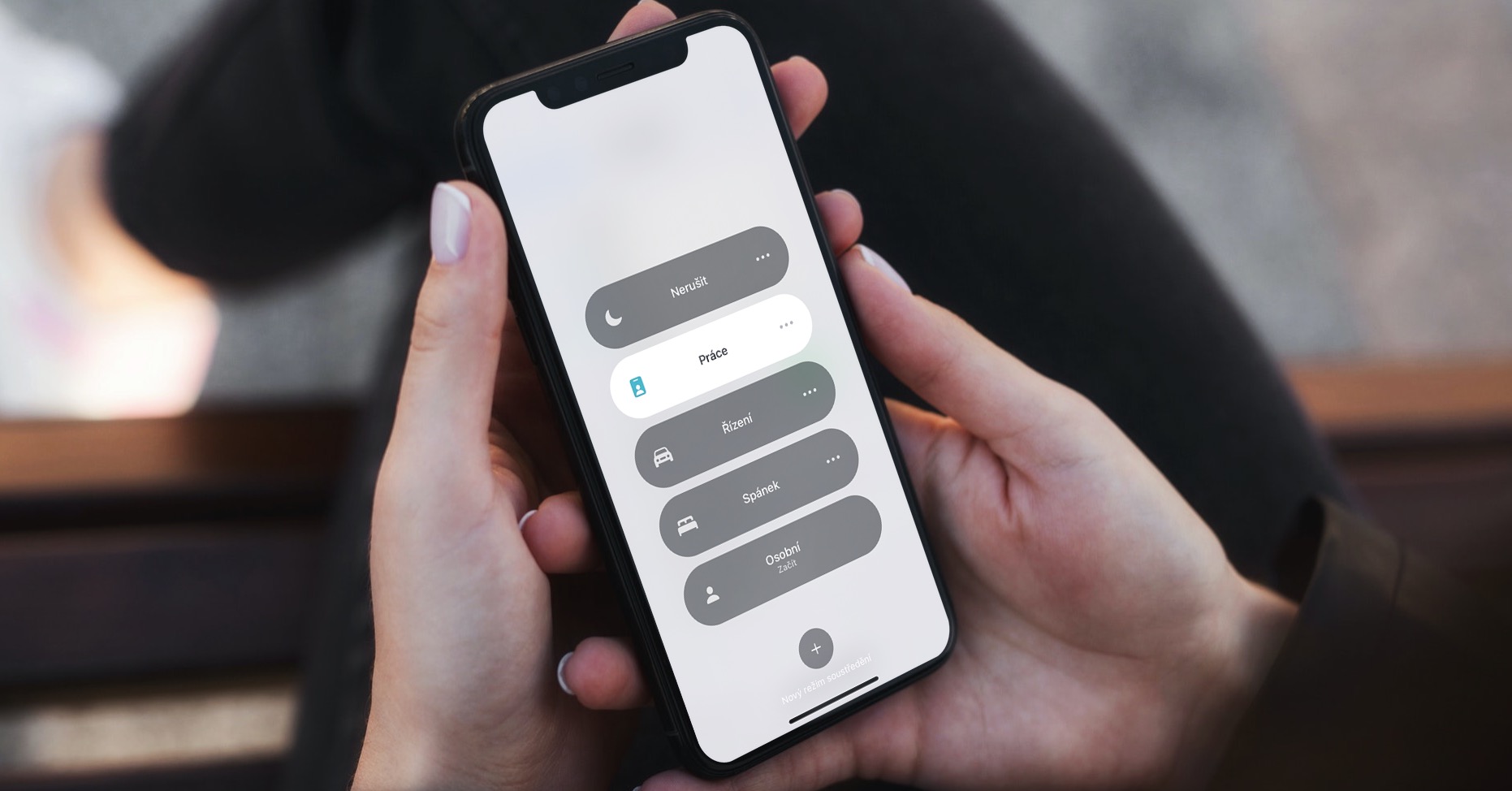
A huge advantage is that this status can also be shared across your Apple devices. For example, once you activate work mode on your Mac, it will also be activated on your iPhone. After all, this is also something that has not been completely resolved before. You may have turned on Do Not Disturb on your Mac, but you still received messages from your iPhone, which you usually have close at hand anyway. Anyway, Apple takes it a little further with the automation options. I personally see this as a huge, if not the biggest plus of the entire concentration modes, but it is necessary to sit down and explore the possibilities themselves.
Automation or how to transfer responsibility into "foreign" hands
When creating automation for individual concentration modes, three options are offered - creating automation based on time, place, or application. Fortunately, the whole thing is extremely simple. In the case of time, the given mode turns on at a certain time of day. A great example is sleep, which activates together with the convenience store and turns off when you wake up. In the case of location, automation based on where you arrive at the office, for example, can come in handy. iPhone and Mac immediately take advantage of this fact and activate work mode so that nothing disturbs you right from the start. The last option is according to the application. In this case, the mode is activated the moment you start the selected application.
Mode according to your own ideas
As we mentioned above, there are three basic modes in the new operating systems. But let's pour clear wine - there are situations in which we would rather appreciate if we could easily adjust the modes for the given needs. It would thus be unnecessarily laborious and impractical to constantly change already created regimes. Precisely for this reason, there is also the possibility of creating your own modes, where you can once again choose at your own discretion which applications/contacts can "disrupt" you. In such a case, the creation of the mentioned automation according to the application is also useful, which can come in handy, for example, for programmers. As soon as they open the development environment, the focus mode called "Programming" will automatically be activated. The options are literally in the hands of the apple makers themselves, and it's up to us how we deal with them.
How to create on iPhone custom focus mode:
Inform others
If you've used Do Not Disturb from time to time in the past, chances are you've run into your friends who were upset because you didn't reply to their messages. The problem is, of course, that you didn't even have to notice any messages, because you didn't get a single notification. No matter how hard you try to explain the whole situation, you usually never satisfy the other party enough. Apple itself probably realized this and equipped the concentration modes with another simple function, but one that can be extremely pleasing.
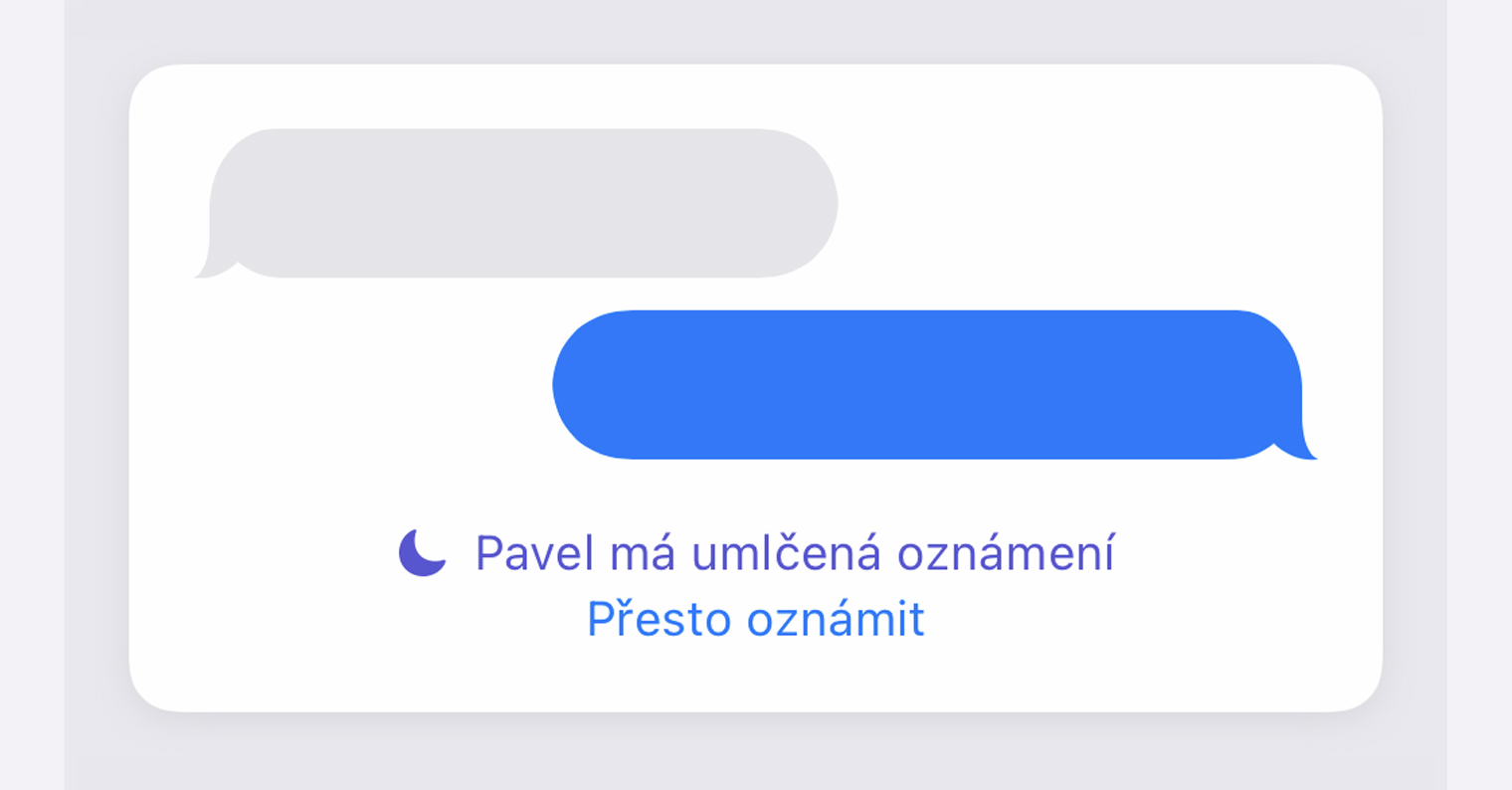
At the same time, you can set up sharing of the state of concentration, which is then extremely simple. Once someone opens a chat with you, they'll see a notification at the very bottom that you currently have notifications muted (see photo above). However, if it is something urgent and you really need to contact the person, just tap the button "However, to announce” thanks to which the user still receives the message. Of course, on the other hand, you don't have to share the status, or you can disable the use of the mentioned button.
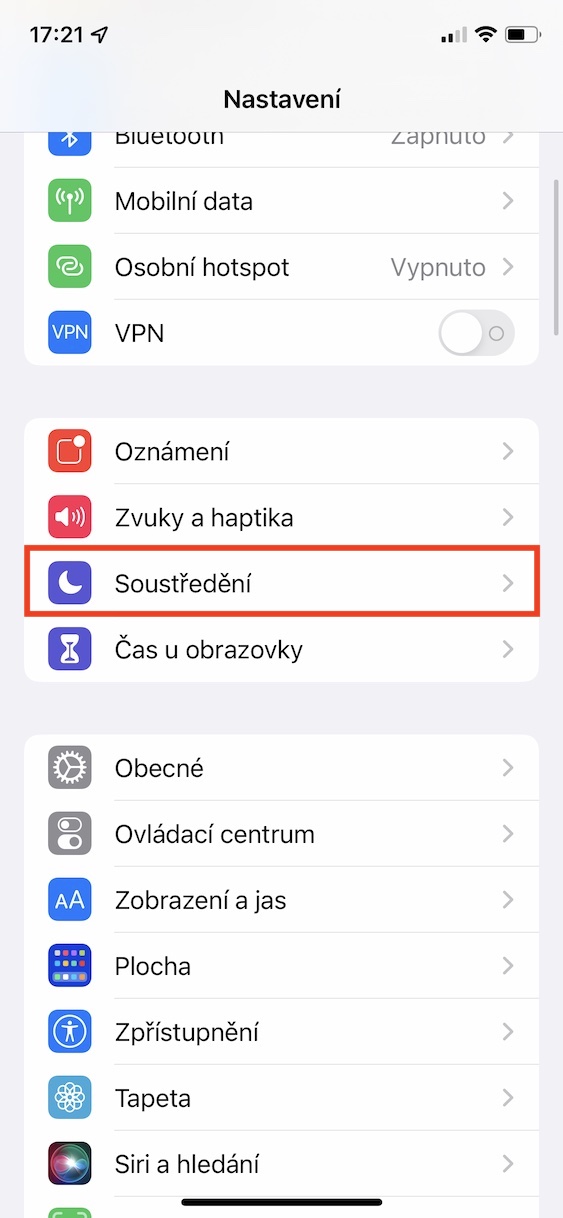
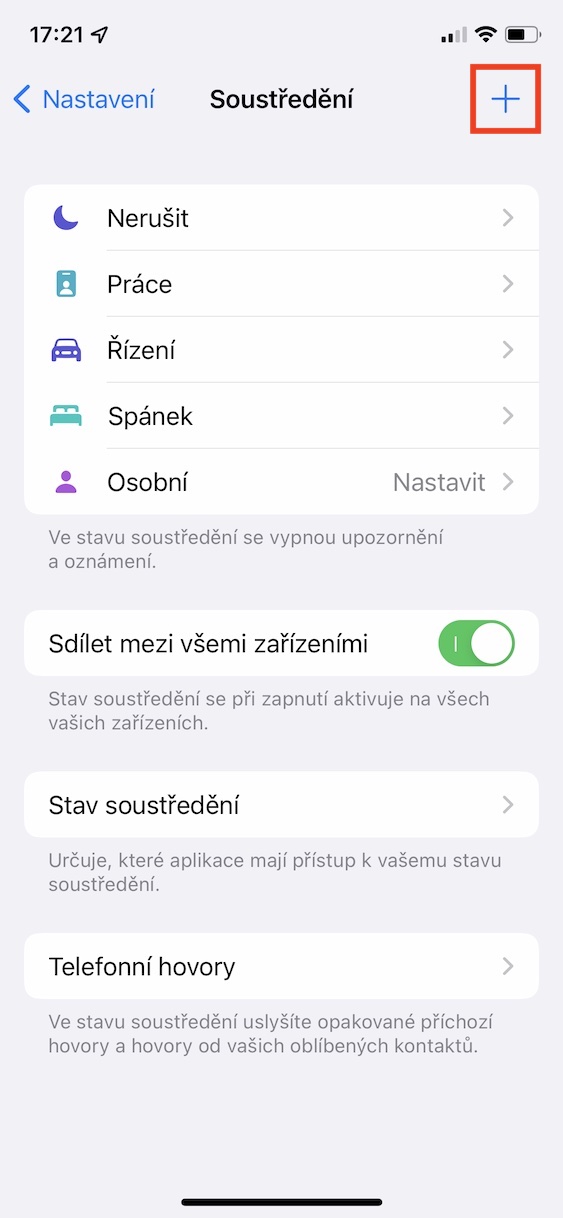
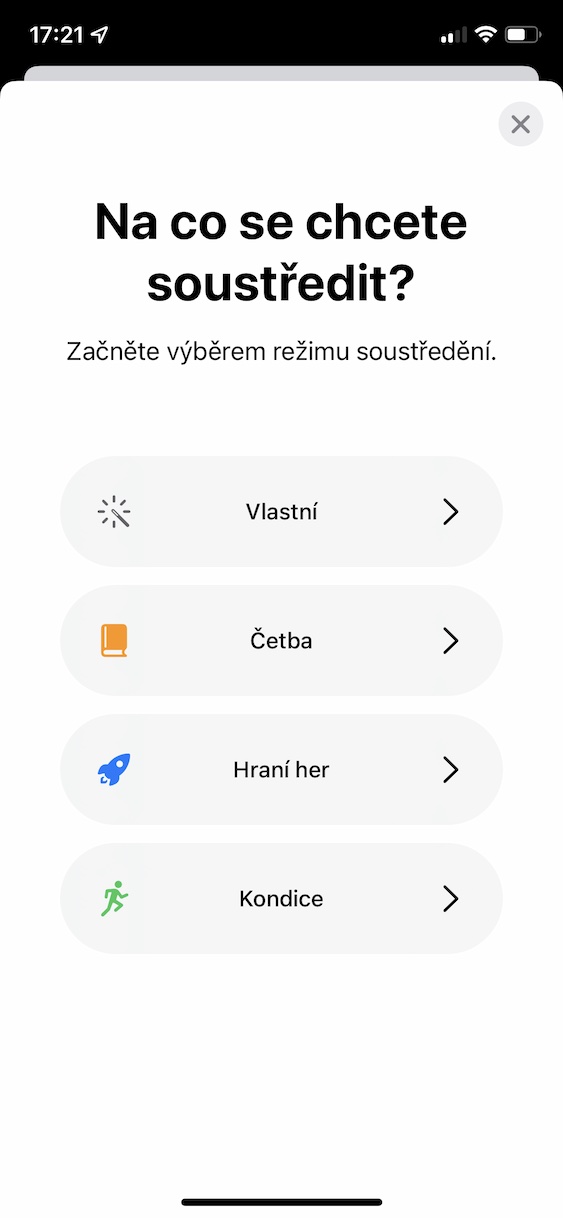
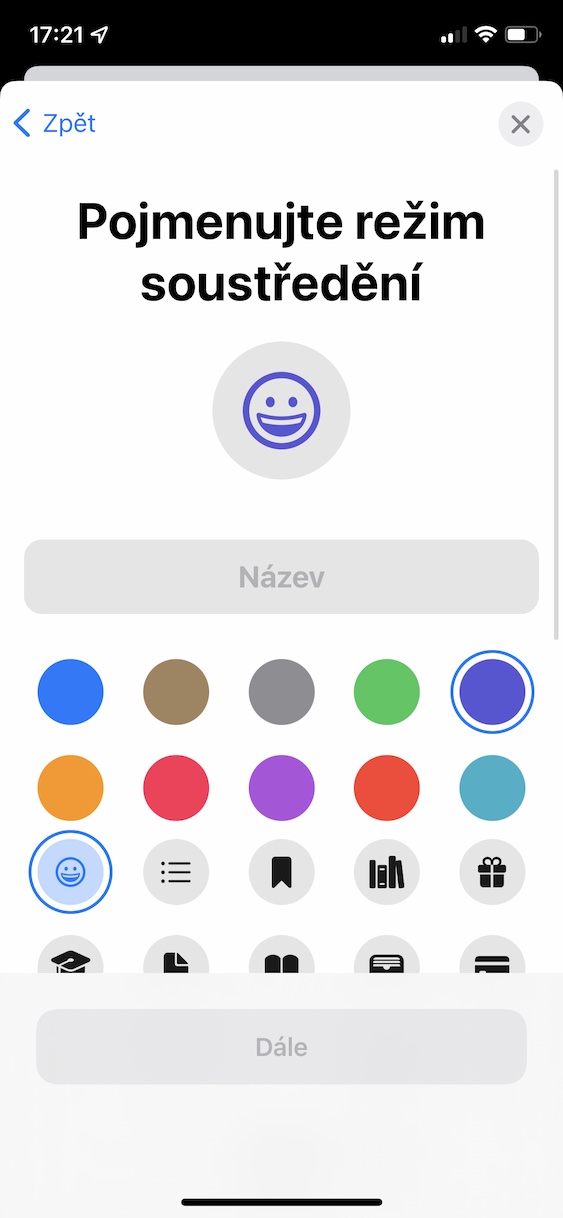

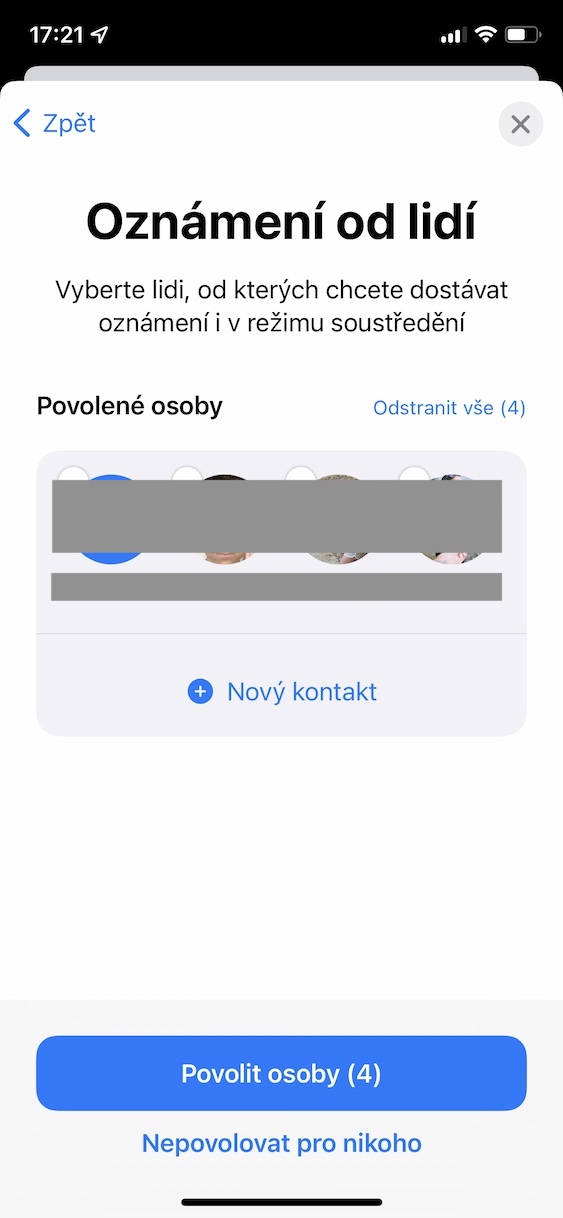
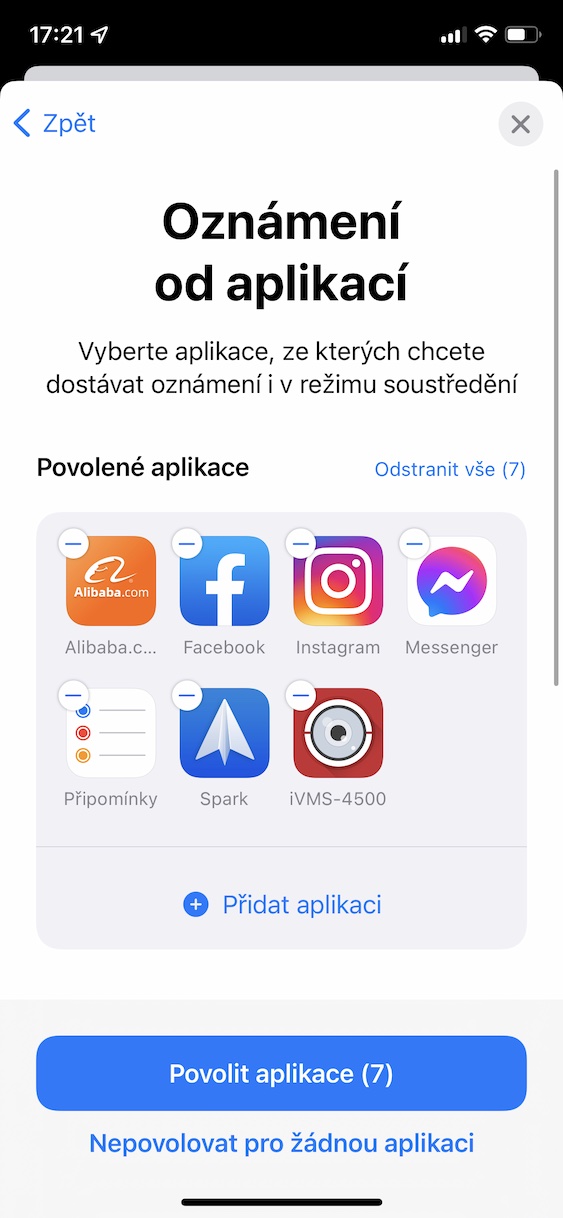

But what he can't do (that is, he couldn't in the betas and probably won't even now) is to turn off notifications for individual numbers. As far as dualsim functions are concerned, apple is pretty s*** on us. And putting specific contacts there is a pain, and you can still divide into groups only in iCloud.
Hello. Me on iph13 iOS 15.1. the time setting does not work in either profile. E.g. in my profile my time, I set the time from 22.00:8.00 p.m. to XNUMX:XNUMX a.m. in the morning, and the profile was activated immediately, and of course no one was calling me. You don't know why?